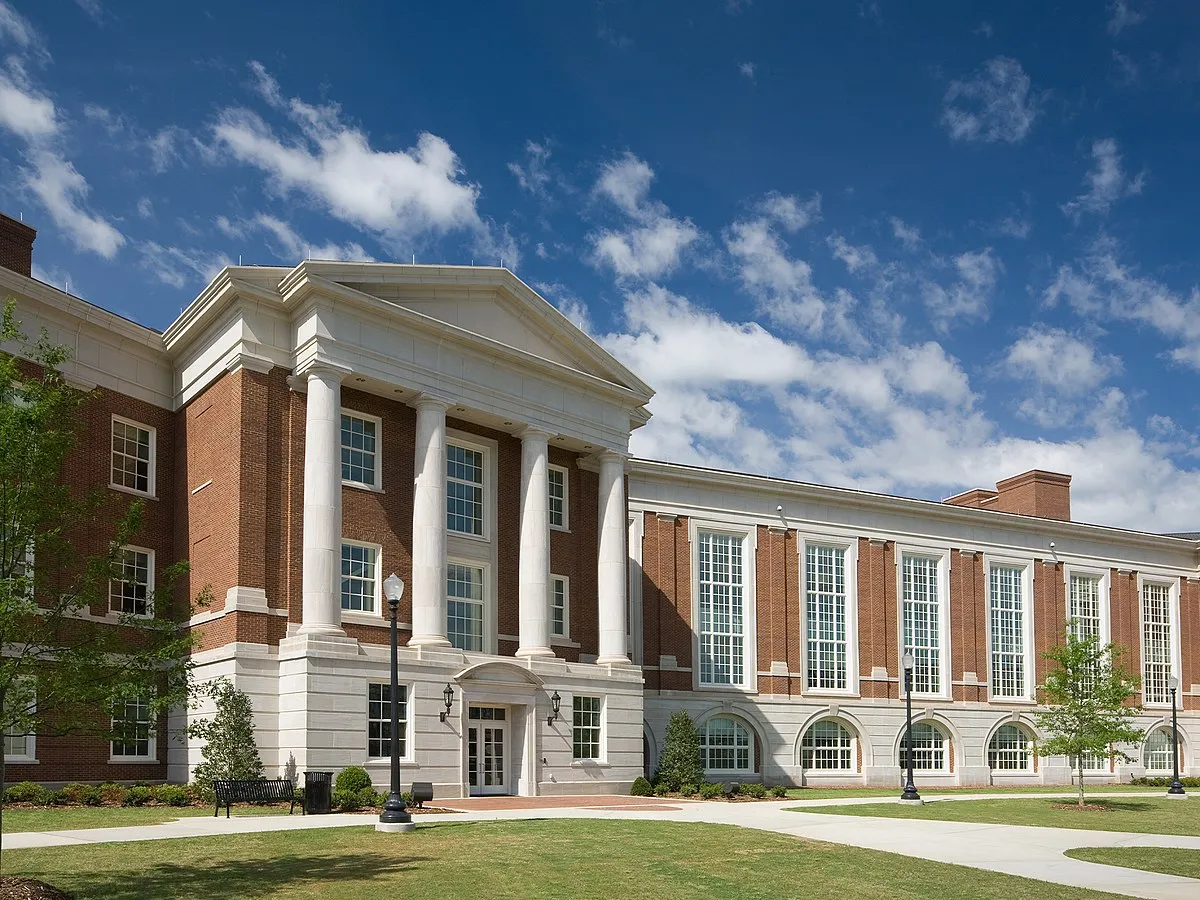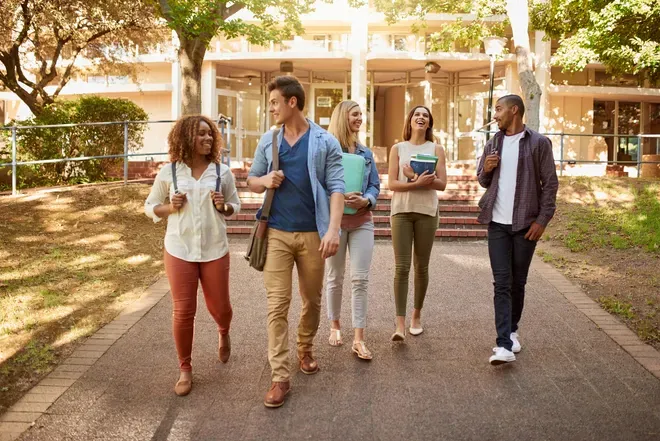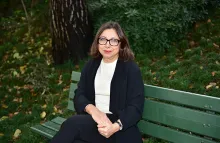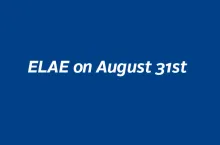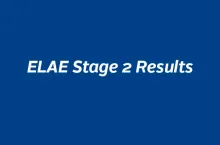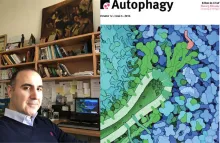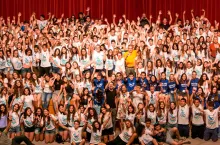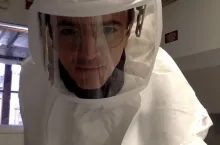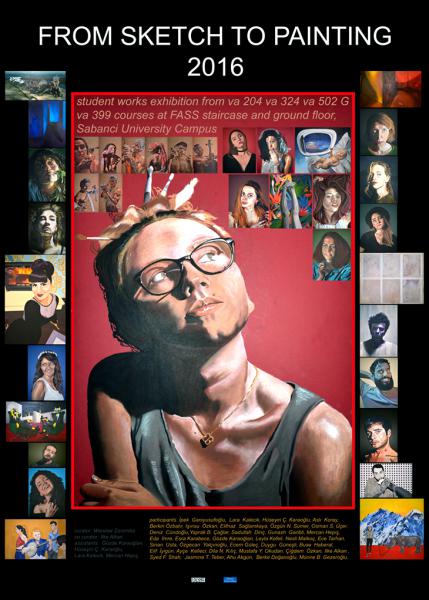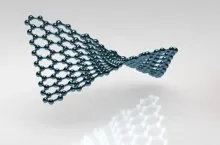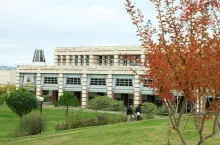23/08/2016
Sabancı University Faculty Member and Corporate Governance Forum Director Melsa Ararat was reelected to membership of the board of governors of ICGN (International Corporate Governance Network), a community that brings together asset managers and investors representing USD 26 trillion of capital.
Melsa Ararat continues to be the first and only academic sitting on the ICGN board of governors, which has the power to influence investments and financial markets, particularly in the UK and US, through publishing guidances, discussion papers and surveys.
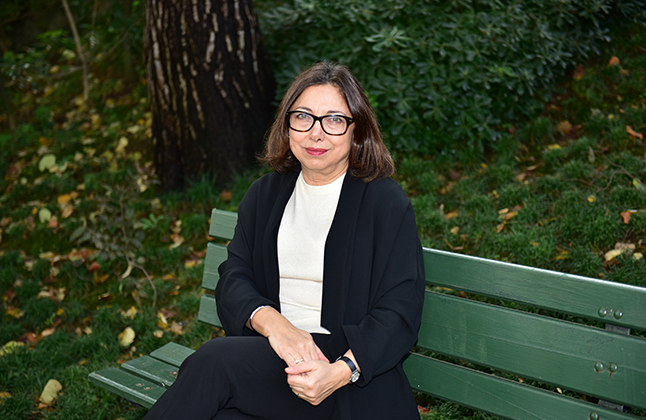
Sabancı University faculty member and Corporate Governance Forum Director Melsa Ararat was reelected to the Board of Governors of the ICGN (International Corporate Governance Network) in the General Assembly held in London. Melsa Ararat continues to be the first and only academic sitting on the ICGN board of governors.
As the Director of the Corporate Governance Forum established by Sabancı University and TÜSİAD in 2002, Melsa Ararat developed recommendations to capital markets for implementing regulations that will attract international investors, and worked with the Istanbul Stock Exchange management for the creation of the BIST Sustainability Index. Ararat is among the leaders of the implementation of the Climate and Water programs of the Carbon Disclosure Program in Turkey, and is a member of the Climate Bond Initiative (CBI) Board of Overseers. Ararat has been the president of the Academic Council of the Corporate Governance Association of Turkey since 2013.
Discussing corporate governance in the Turkish market, Melsa Ararat said, "If we were to define corporate governance as a system of direction and management for investors in publicly-traded companies to obtain reasonable returns on their investments in an economic manner, two main elements come into play: corporate investors through the markets, and boards of directors. Unfortunately, neither element is effective in Turkey. Lack of depth in capital markets and low rates of public offerings prevent corporate investors from being effective. The market cannot fulfill its function of disciplining companies. On the other hand, boards of directors are no more than figureheads in many companies, or since their members are controlled by large shareholders, they either lack adequate competence or are not independent enough. The only way that remains is through rules and regulations. This is why companies in Turkey always complain about regulations and sometimes succeed in thwarting or delaying the imposition of new regulations."
Melsa Ararat noted that the members of ICGN include international corporate investors who hold the lion's share of the stocks traded on BIST, arguing that continued expectations of low growth in Europe for the near future may bring emerging markets back into the radars of corporate investors. Ararat pointed out that representatives of the Capital Markets Board were invited to the ICGN annual conference in San Fransisco for the first time this year. Ararat continued, “In these exigent circumstances, I recommend companies to maintain good relations with their long-term corporate investors and be open about how they will manage the risks facing them. For those companies that have not held their general assemblies so far, I believe that empowering their boards through foreign independent directors who are recognized worldwide will send messages to corporate investors that risks will be managed better."
Sabancı University School of Management Dean Professor Füsun Ülengin commented, “I congratulate Melsa Ararat for an achievement that advances the international success of our school one step further. I am proud that Melsa Ararat became the first and only academic member of the International Corporate Governance Network Board of Governors at a time when we must work with diligence on issues like women's empowerment and climate change today if we are to provide better living conditions to future generations."
About the International Corporate Governance Network
ICGN is a nonprofit entity founded in London in 1995. ICGN brings together corporate governance professionals led by asset managers and investors representing USD 26 trillion in assets, and issues guidelines, statements and papers to influence investors and financial policies towards better corporate governance. ICGN is an active member of all platforms related to global capital markets and the finance sector.

